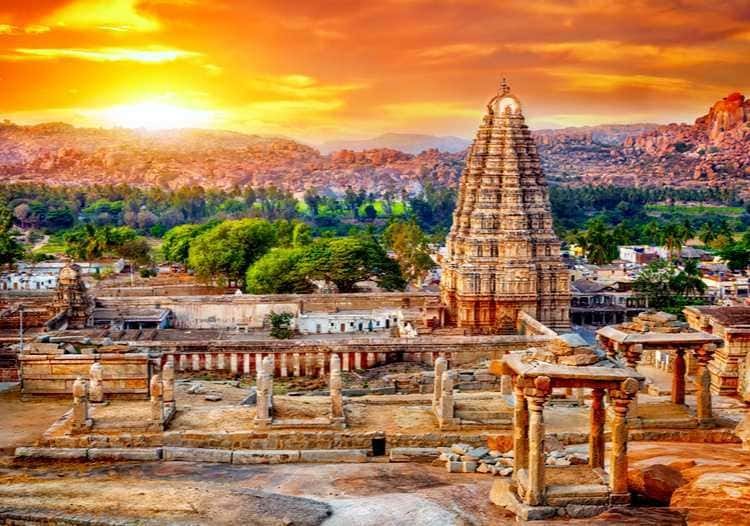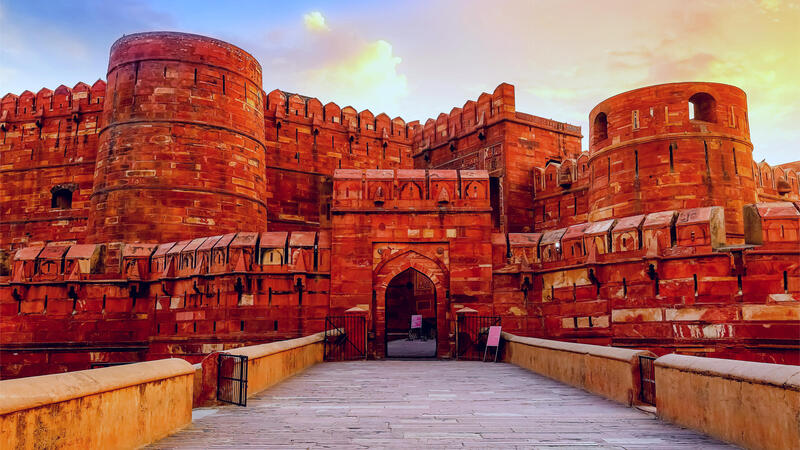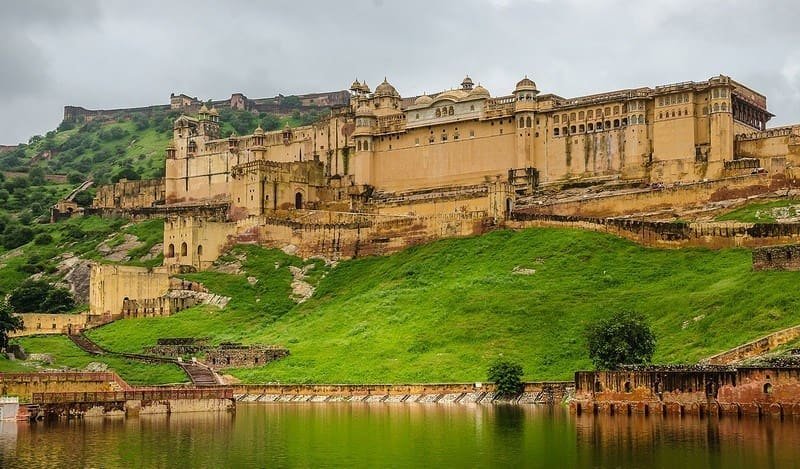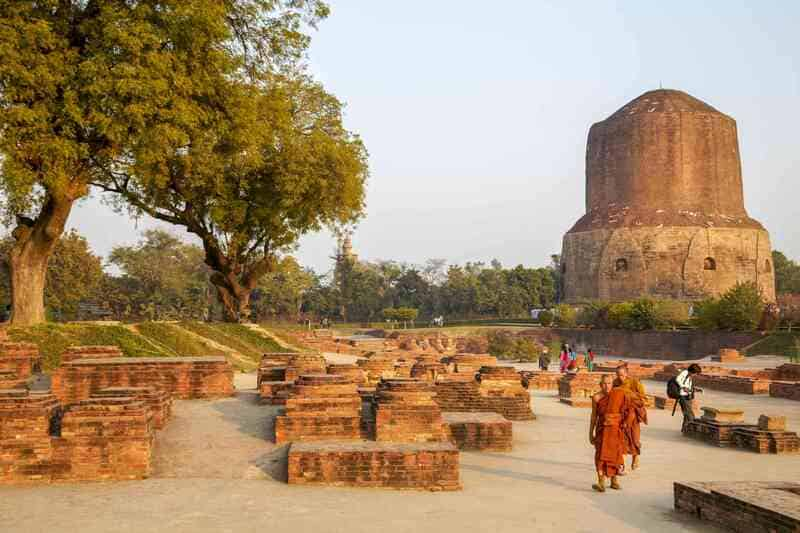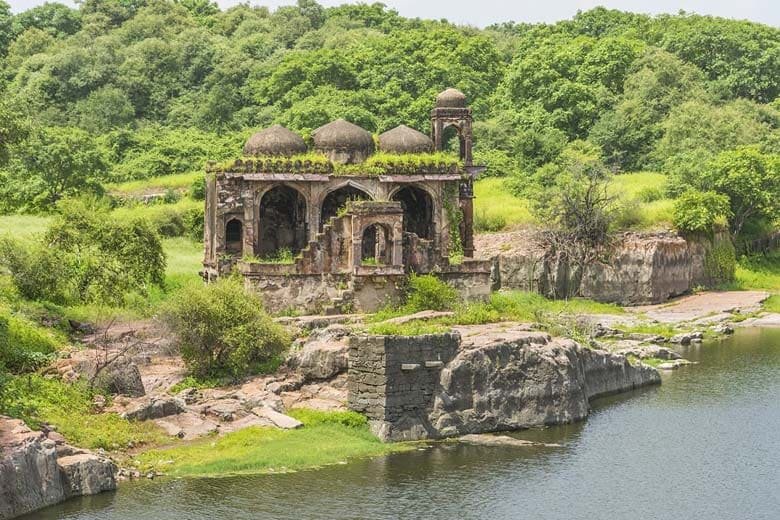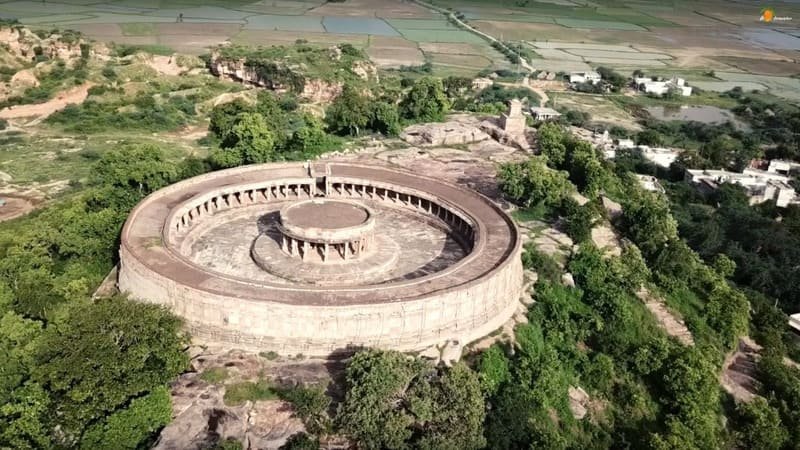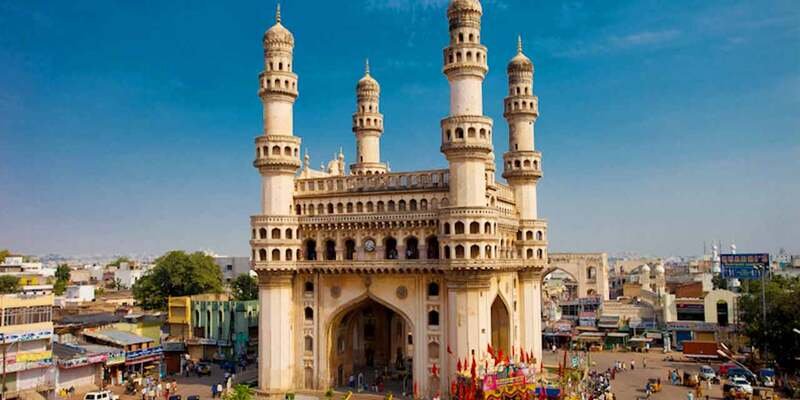
Charminar, Hyderabad.
Charminar,Char Kaman Rd, Ghansi Bazaar,Hyderabad, Telangana 500002,India..
Charminar is a historic monument located in the heart of Hyderabad, the capital city of the Indian state of Telangana. Built in the 16th century by the Qutub Shahi dynasty, Charminar is a magnificent structure that reflects the grandeur of the bygone era. The monument is not only an important landmark in Hyderabad but also an icon of Indian culture and heritage. In this blog, we will delve deeper into the history, architecture, and cultural significance of Charminar.
History
The history of Charminar dates back to the late 16th century when Muhammad Quli Qutub Shah, the fifth ruler of the Qutub Shahi dynasty, founded Hyderabad as the capital of his kingdom. Muhammad Quli Qutub Shah was a great patron of art and architecture, and he commissioned the construction of several buildings in Hyderabad, including Charminar. The monument was built in 1591 to commemorate the end of a deadly plague that had ravaged the city.
The construction of Charminar was completed in just over a year, and it became an instant symbol of Hyderabad's grandeur and prosperity. The monument was originally called "Gulzar Houz," which means "Rose Garden" in Persian, but it later came to be known as Charminar, which means "Four Minarets" in Urdu.
Architecture
Charminar is a magnificent structure that combines elements of Islamic, Persian, and Hindu architecture. The monument is built on a square base with sides measuring 20 meters, and it has four towering minarets that rise to a height of 56 meters. The minarets are adorned with delicate balconies and arches, and they are topped with onion-shaped domes that add to the grandeur of the monument.
The main structure of Charminar is made of granite and lime mortar, and it has four arches that face the four cardinal directions. The arches are intricately carved with floral and geometric designs, and they lead to a spacious balcony that surrounds the central dome. The balcony provides a breathtaking view of the surrounding area, including the bustling markets and narrow alleys that make up the old city of Hyderabad.
Cultural Significance
Charminar is not only a historic monument but also an important cultural symbol of Hyderabad. The monument is located in the heart of the old city, which is a vibrant hub of commerce, culture, and religion. The area around Charminar is home to several historic bazaars, including Laad Bazaar, which is famous for its exquisite bangles, and Pather Gatti, which is known for its pearls.
The monument is also a popular destination for tourists and pilgrims. Thousands of visitors flock to Charminar every year to admire its beauty and learn about its rich history. The monument is especially crowded during the month of Ramadan, when Muslims from all over the world gather at the nearby Mecca Masjid to offer prayers and break their fast.
In addition to its cultural significance, Charminar is also an important landmark in Hyderabad's urban landscape. The monument has become a symbol of the city's identity and pride, and it is featured prominently in the city's official emblem.
Conclusion
Charminar is a magnificent monument that reflects the grandeur of Hyderabad's past. The monument is a perfect blend of art, architecture, and culture, and it continues to inspire awe and admiration among visitors from all over the world. Charminar is not just a historic monument but also an important cultural symbol that represents the spirit and identity of Hyderabad. Whether you are a history buff, an architecture enthusiast, or a cultural explorer, Charminar is a must-visit destination that will leave you mesmerized and enchanted.
